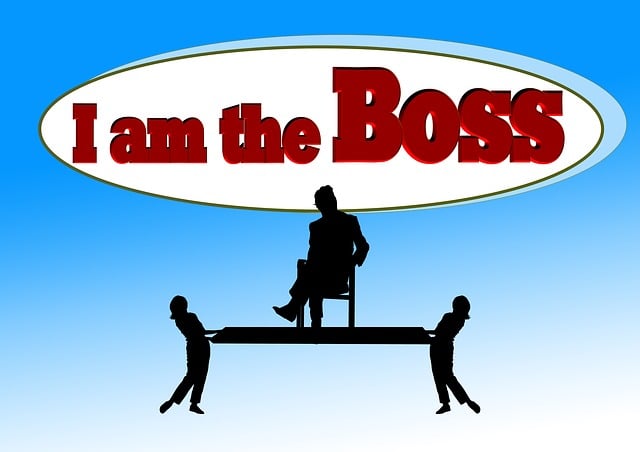Employment contracts are indispensable legal tools that protect both employers and employees by clearly defining roles, compensation, working hours, and termination policies, helping to resolve conflicts early through mechanisms like mediation, arbitration, or negotiation. Regular updates to reflect changing labor laws are crucial for maintaining positive relationships. By understanding contract stipulations and utilizing effective dispute resolution strategies, organizations can avoid costly legal battles and foster healthier work environments.
Employment conflicts are inevitable, but effective legal strategies can prevent them from escalating. This comprehensive guide explores how a deep understanding of employment contracts serves as the cornerstone of conflict prevention. We’ll identify and address common legal disputes, delve into strategic approaches to resolution, and present inspiring case studies showcasing successful employment contract-based solutions. By the end, you’ll be equipped with insights to navigate employment conflicts smoothly.
- Understanding Employment Contracts: The Foundation of Conflict Prevention
- Identifying and Addressing Common Legal Disputes
- Strategic Approaches to Resolving Labor Conflicts
- Case Studies: Effective Legal Strategies in Action
Understanding Employment Contracts: The Foundation of Conflict Prevention

Employment contracts are the cornerstone of any workplace relationship, serving as a legal framework that outlines the rights and responsibilities of both employers and employees. Understanding these agreements is crucial in conflict prevention, as they detail terms such as job duties, compensation, working hours, and termination policies. By thoroughly reviewing employment contracts, individuals can identify potential sources of dispute and ensure their interests are protected.
Knowing what’s expected of them and what rights they hold can help employees address issues proactively rather than reacting to unforeseen problems. For employers, a clear contract demonstrates fair practices, reduces the risk of legal disputes, and fosters a more harmonious work environment. Regularly reviewing and updating these agreements to align with changing labor laws is an effective strategy to maintain a positive relationship between employees and the organization.
Identifying and Addressing Common Legal Disputes

Employment conflicts often arise from misinterpretations or breaches of employment contracts, making a thorough understanding of these agreements crucial. Common legal disputes include issues like non-compliance with contract terms regarding compensation, benefits, and working conditions. For instance, employees may dispute bonuses promised in their contracts if companies fail to fulfill these obligations.
Identifying and addressing these disputes early is key to preventing escalating tensions. Employers should have robust policies in place for handling such matters, ensuring fairness and consistency. Regular communication and clear documentation of employment terms, including performance reviews and updates on company policies, can help resolve minor conflicts before they escalate into legal battles.
Strategic Approaches to Resolving Labor Conflicts

When it comes to resolving labor conflicts, a strategic approach is essential. The first step involves a thorough review of relevant employment contracts to identify clauses that address dispute resolution mechanisms. Many modern employment contracts include provisions for mediation, arbitration, or even negotiation as alternative ways to resolve disagreements before they escalate.
Employers and employees should familiarize themselves with these clauses and consider the pros and cons of each approach. Mediation, for instance, offers a collaborative environment where both parties work towards a mutually agreeable solution with the help of a neutral third party. Arbitration, on the other hand, provides a more structured process where an arbitrator makes a binding decision based on the presented evidence and arguments. Understanding these options allows for better preparation and increases the chances of reaching a favorable outcome while avoiding lengthy and costly legal battles.
Case Studies: Effective Legal Strategies in Action

Effective legal strategies can often resolve employment conflicts, providing a win-win outcome for both employer and employee. Case studies illustrate these strategies in action. For instance, consider a dispute over non-compete clauses in employment contracts. A recent case involved an IT professional who argued that the clause was overly broad and restrictive, preventing them from securing alternative employment after leaving their job. The court agreed, striking down part of the clause to ensure it was reasonable and enforceable. This outcome allowed the employee to pursue new opportunities while protecting the employer’s legitimate business interests.
Another scenario involves workplace harassment claims. Successful legal strategies in such cases often focus on documenting evidence, including emails, witness statements, and surveillance footage, to build a compelling case. Additionally, employing mediation or alternative dispute resolution methods can lead to swift and cost-effective resolutions without going to trial. These approaches not only save time and resources but also foster better relationships between parties, promoting a healthier work environment post-conflict.
Effective conflict resolution is key to fostering a healthy and productive work environment. By understanding employment contracts as the cornerstone of prevention, identifying common legal disputes, employing strategic approaches, and learning from real-world case studies, organizations can navigate employment conflicts with confidence. Leveraging these tools empowers businesses to create a more harmonious atmosphere, leading to increased employee satisfaction and retention. Remember, proactive measures and sound legal strategies are essential to managing employment disputes successfully.
